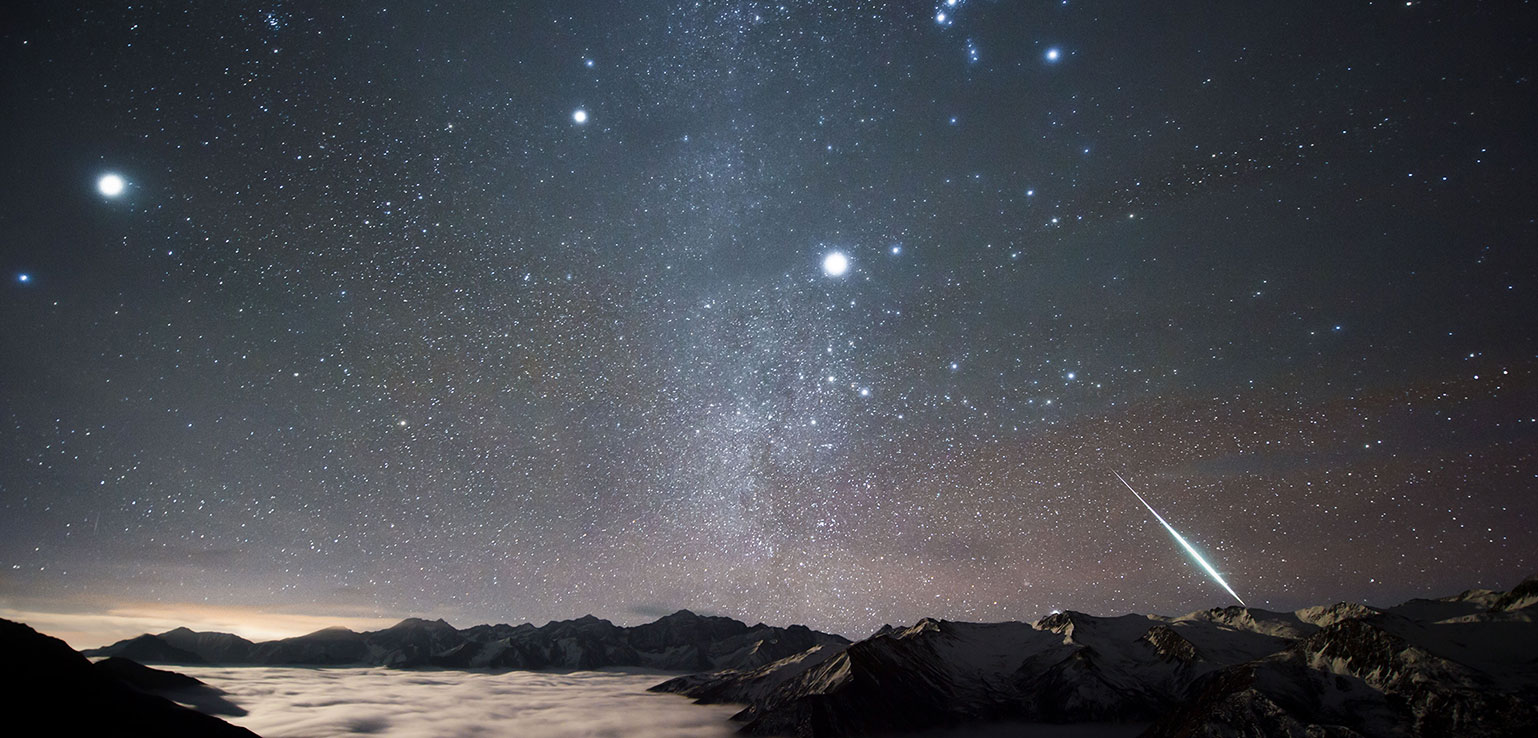“Evidence For And Implications Of Cohesion In Rubble Pile Asteroids”
Summary
Recent theories have proposed the possible existence of weak, but non-zero, levels of cohesion within rubble pile asteroids. The initial evidence for this hypothesis was based on a simple application of physics and some observations related to the population of small asteroids. However, several recent observations of asteroids, in particular the active asteroid P/2013 R3 and the rapidly rotating asteroid 1950 DA, have been seen to support this hypothesis. These bodies provide exciting tests of what the geophysical properties of rubble pile asteroids may be.
This talk will review the background theory of cohesion in rubble piles and explore these recent observations in more detail. Then, motivated by these results, some of the possible implications of cohesion in rubble pile bodies will be discussed. These include new theories for how equatorial ridges are formed on asteroids, the possibility of fast-rotating rubble piles, a lower limit on the size of binary asteroids formed through fission, and a finite lifetime for small rubble pile bodies to be spun to complete disassociation.
The presentation can be seen here.
View Presentation
